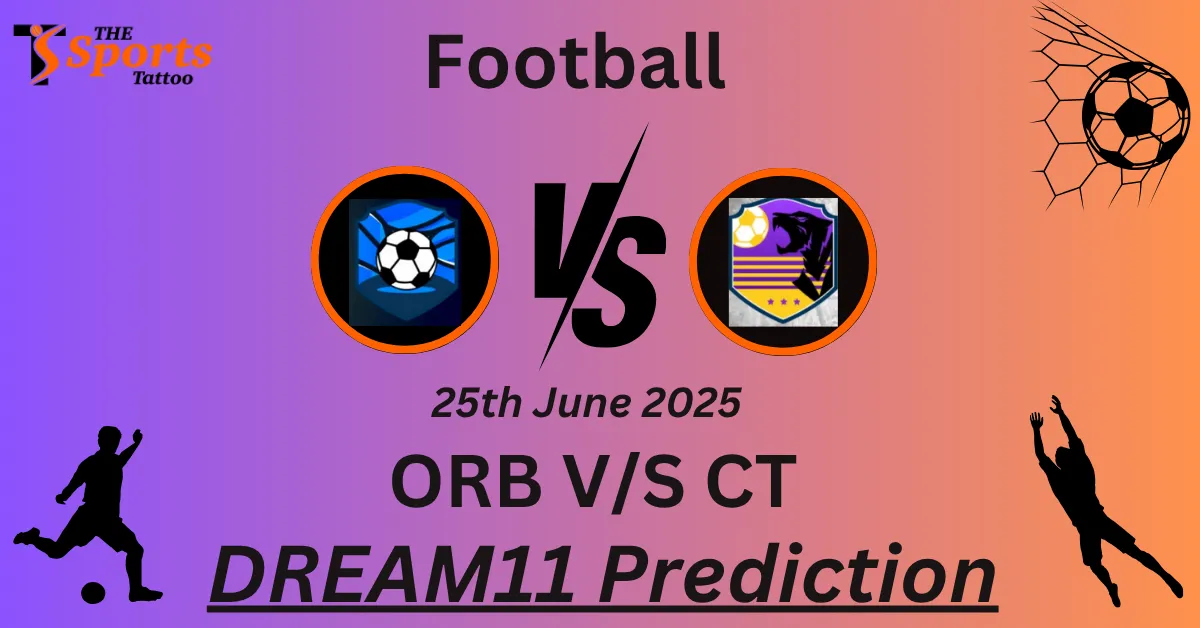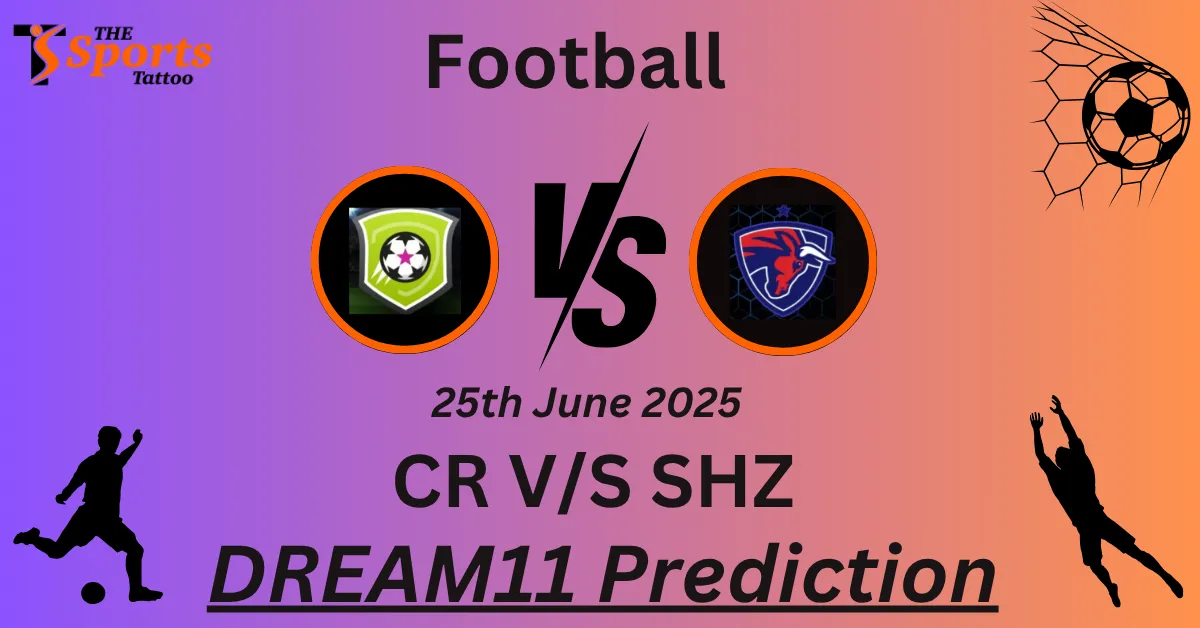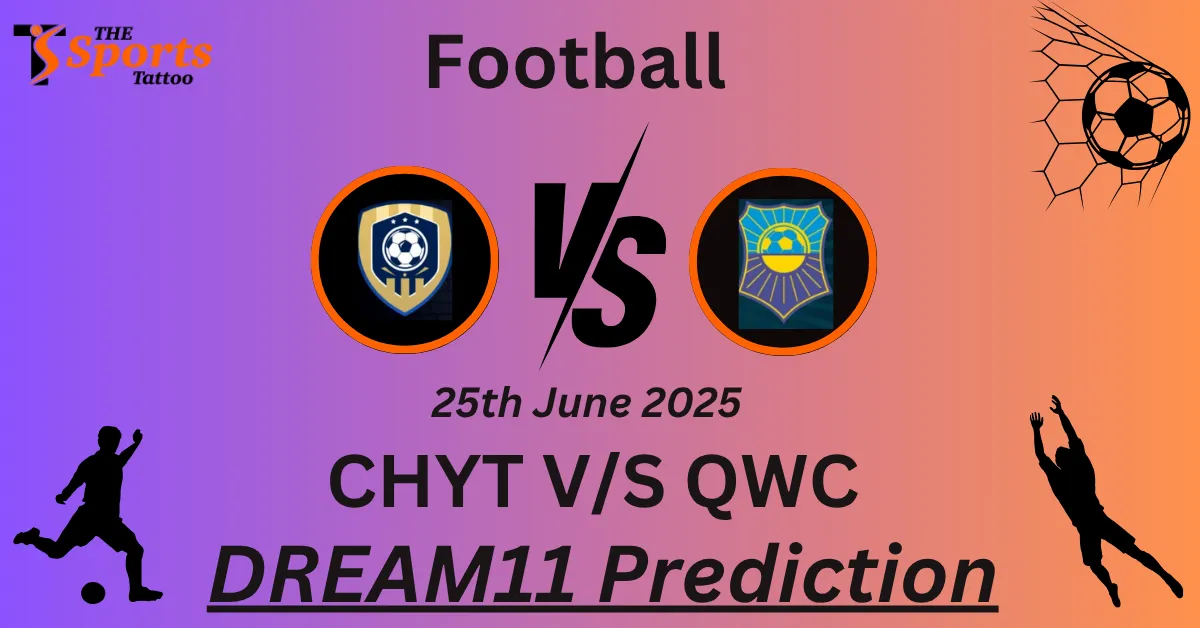Brian Hart Biography: Brian Roger Hart was a British racing driver and engineer with an aviation background. He was best known as the creator of Brian Hart Limited, a firm that designed and produced engines for racing. To know everything about him read this blog till the end.
Table of Contents
Brian Hart Biography
Brian Hart Biography: Brian Hart was born on 7 September 1936 in Enfield, London. Hart began racing in the 1172 championship with a Lotus VI in 1958 and won the Chapman Trophy in 1959 with Len Terry driving his Terrier Mk2. He drove Terry’s front-engined Formula Junior Terrier Mk4 in 1960 and created a downdraught head for the car’s Ford Anglia engine.
Hart suffered a nasty crash with the car at Oulton Park in October 1960, which led to Terry building the Mk4 series 2, which Hart drove in 1961. Back-engined cars were becoming typical, and Hart had little success with the car. Hart had a successful career as a single-seater driver in numerous formulas. He competed in Formula Junior and Formula Three before moving on to Formula Two with Ron Harris’ works Lotus Formula Two Look. He raced in a few non-championship Formula One races in Formula Two cars and qualified for the German Grand Prix at the Nürburgring in a Protos-Cosworth in 1967.
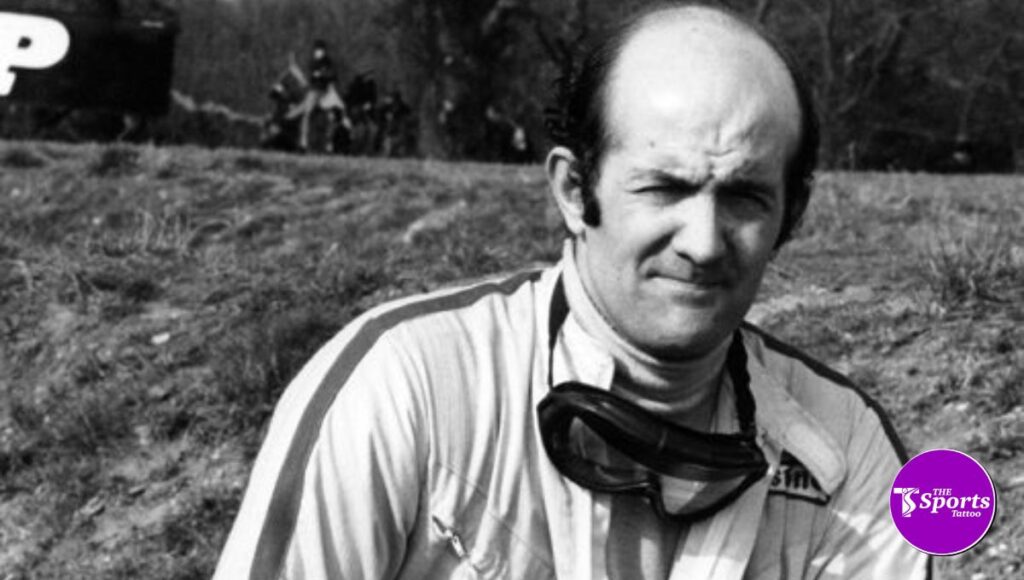
Brian Hart Wiki
| Name | Brian Hart |
| Date Of Birth | 7 September, 1936 |
| Date of Death | 5 January, 2014 (at the age of 77) |
| Birth Place | Enfield, London |
| Height | N/A |
| Weight | N/A |
| Zodiac Sign | Virgo |
| Profession | Racing Driver |
| Net Worth | N/A |
| Car Collection | N/A |
Also Read: Anthony Joseph Foyt, Wiki, Height, Weight, Racing Career & More
Brian Hart F1 Career
Hart created a turbocharged variant of the 420R as part of Toleman’s 1981 entry into the FIA Formula One World Championship. Although initially underpowered and problematic, this engine was sufficient to establish Brian Hart Limited as a Formula One engine supplier. Hart remained Toleman’s engine partner until Benetton acquired the team and later supplied engines to RAM, Haas Lola, and Tyrrell in the 1980s, along with Jordan and Arrows in the 1990s.
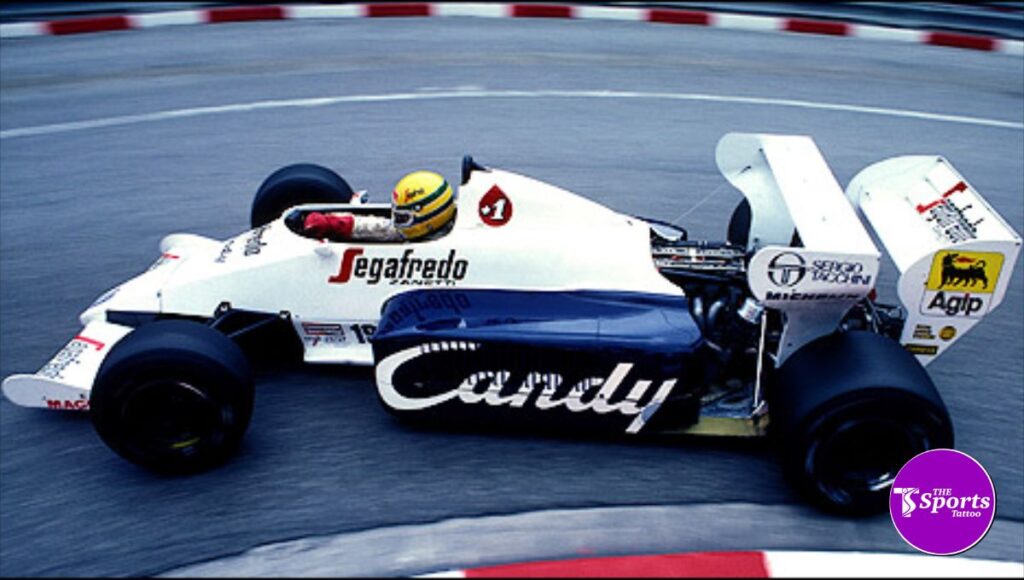
In response to the increasing four-figure power outputs, turbocharging was banned at the end of 1988. This meant a return to naturally aspirated configurations, which had not been extensively used since the beginning of the decade. Except for its V6 turbo project, utilized for less than two years, Cosworth continued to produce naturally aspirated V8s for F2 & a few of the least well-funded F1 teams. Brian Hart Limited resumed its former refining and service specialist position, collaborating with Cosworth to develop the DFZ and DFR engines (which owed much to the original DFV).
By 1992, Brian Hart Limited had financed the design of its 1st V10 engine, the Type 1035, and in November of that year, it announced an exclusive two-year supply agreement with Jordan Grand Prix. In particular, Rubens Barrichello’s third-place finish at the 1994 Pacific Grand Prix in Aida, Japan, resulted from a productive partnership. However, Hart’s contract was not renewed when Peugeot entered Formula One and offered Jordan a factory agreement. Hart instead chose to provide Footwork/Arrows, which was financially suffering at the time. Due to needing more funds, Hart could not develop the V10, so the earlier V8 was utilized instead.
In 1997, Hart turned to Minardi and began working on a new V10 design, but he needed more funding for the project. Tom Walkinshaw’s acquisition of Brian Hart Limited later that year resulted in the transformation of this design into the Arrows V10. Brian Hart severed ways with Arrows and Formula One before the end of the year as a result of legal action concerning allegedly owed funds.

